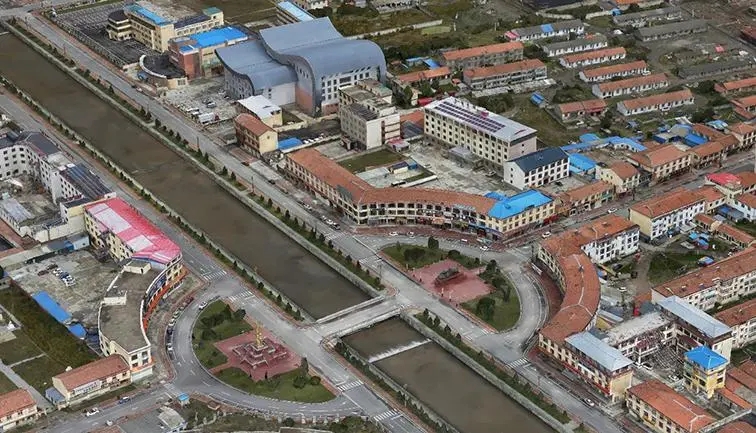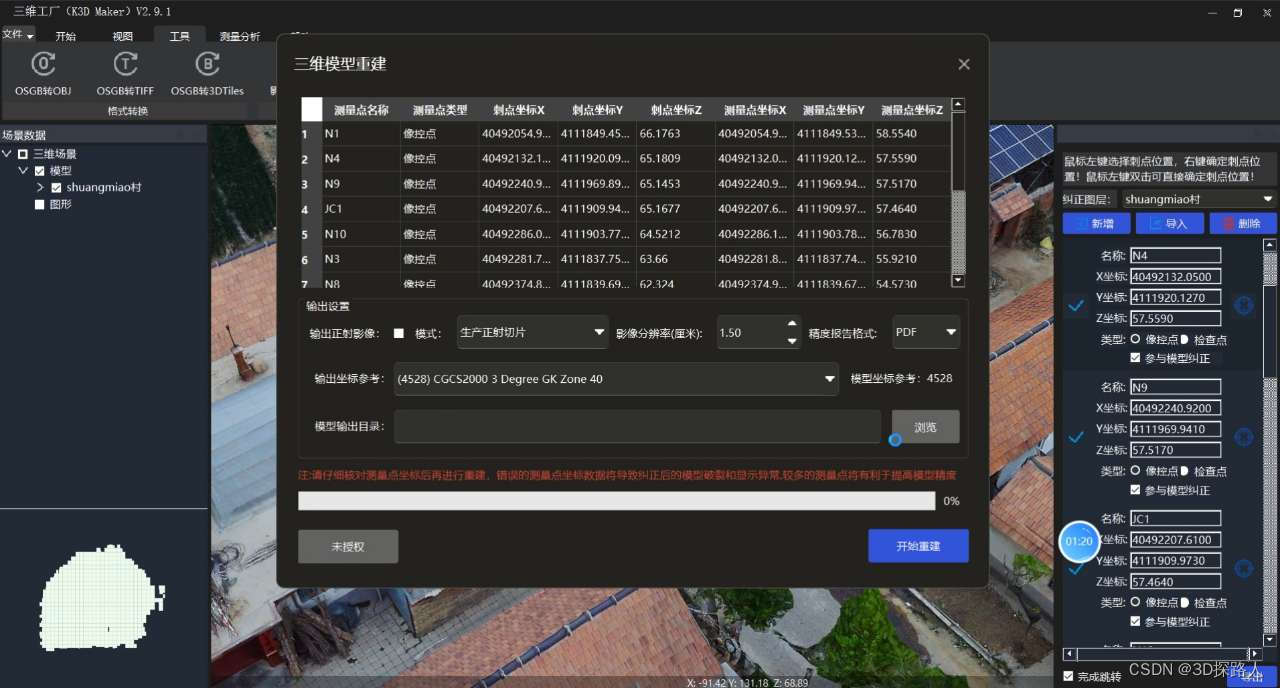Discuss the importance of lightweight 3D model O BJ format in 3D display effect

The lightweight OBJ format of 3D models is important in terms of 3D display effects. The following is an analysis of the importance of lightweight 3D model OBJ format in the 3D display effect:
1. Improve rendering performance: Original 3D model files often contain a large number of vertices and patches, which requires more computing resources to be consumed during rendering. Through lightweight compression, the number of vertices and patches in the model file can be reduced, thereby improving rendering performance. Reducing the complexity of the model can make the rendering process more efficient, speed up real-time rendering, and achieve smooth three-dimensional display effects.
2. Speed up the interactive response: Larger 3D model files may cause delays and freezes during interactive operations, reducing user experience. Lightweight compression reduces model file size, resulting in faster interactive responses. This is very important for application scenarios that require real-time interaction and manipulation of 3D models, such as virtual reality games, architectural design software, etc. Improving the interactive response speed allows users to interact with 3D models more smoothly, improving user experience and work efficiency.
3. Maintain visual quality: During the lightweight compression process, attention needs to be paid to maintaining the visual quality of the model. Lightweight compression cannot simply reduce the number of vertices and patches, it also needs to maintain the shape and details of the model. By reasonably reducing the number of vertices, removing invisible patches, and using appropriate normal maps, it is possible to reduce the size of the model file while maintaining good visual quality. This is important for 3D displays that require realism and detail.
4. Improving the visualization effect: The lightweight compression of the 3D model can improve the visualization effect by optimizing the topology structure and texture map of the model. For example, by combining repeated vertices and patches, using normal maps instead of details, etc., you can make the model present a smoother and more realistic appearance when rendered. This is very important for fields that require visual analysis and display, such as scientific research, medical visualization, etc. Through lightweight compression, the visualization effect of the model can be improved, helping users better understand and interpret the data.
5. Achieve cross-platform and mobile display: The display of larger 3D model files on mobile devices and embedded systems may be limited. Through lightweight compression, you can reduce the size of your model files and make them more suitable for mobile platforms and low-performance devices. This is very important for applications that require three-dimensional display on mobile devices, such as mobile games, AR applications, etc. Through lightweight compression, 3D models can be displayed on different platforms and devices, providing a unified user experience.
To sum up, the importance of the lightweight OBJ format of the 3D model in terms of 3D display effects is reflected in improving rendering performance, accelerating interactive response speed, maintaining visual quality, improving visualization effects, and realizing cross-platform and mobile display. Through lightweight compression, the performance and effect of the 3D model can be optimized, the user experience can be improved, and it can be better displayed and applied in various application scenarios.
6. How to achieve lightweight compression of ultra-large-scale 3D models. Fast and efficient processing tool software is very important to ensure lightweight data size and quality, reduce storage and transmission costs, improve visualization performance, and expand application scenarios. The following introduces a fast and efficient 3D model lightweight software.
Introduction to 3D Factory Software

3D Factory K3DMaker is a professional processing software with functions such as 3D model browsing, analysis, lightweighting, top-level merge construction, geometric correction, format conversion, color correction and cutting. Operations such as mesh simplification, texture compression, and level optimization of 3D models can be performed to achieve lightweight 3D models. The lightweight compression ratio is large, the model is lightweight and efficient, and the automatic processing capability is high; a variety of algorithms are used to perform geometric precision correction processing on the 3D model, with high accuracy, fast processing speed, and support for ultra-large models; excellent data processing and conversion tools support the Convert OSGB format 3D models to 3DTiles and other formats, which can be quickly converted. Come and experience it. See the illustration for the download address.


